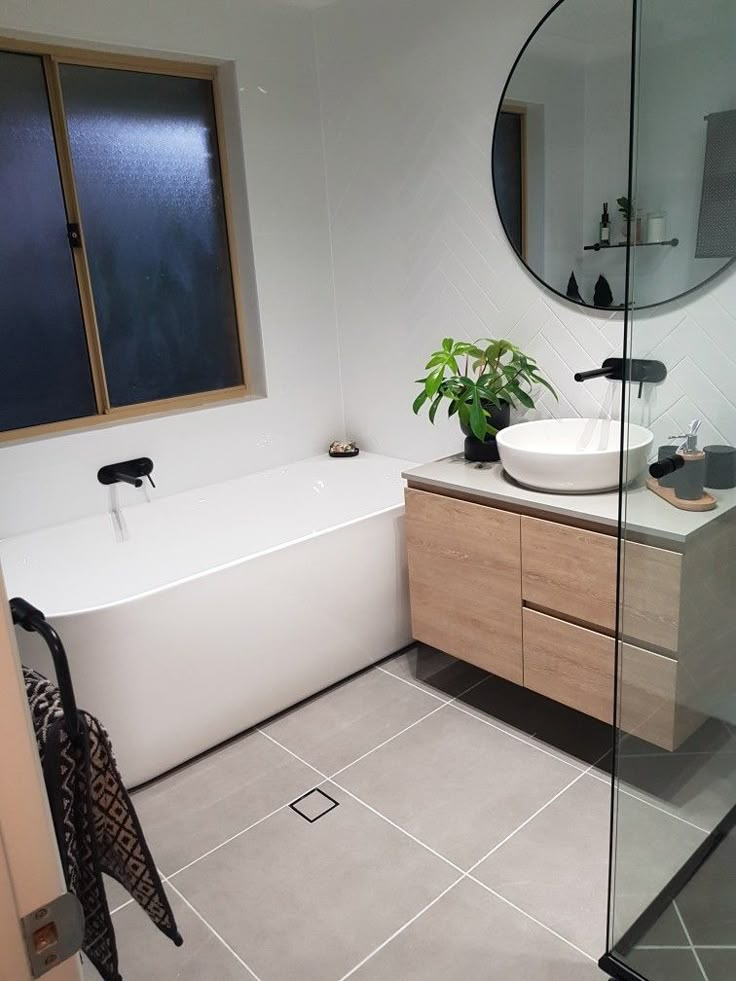Embarking on a bathroom upgrade can be an exciting journey, but it’s also a process fraught with potential financial pitfalls if you’re not prepared. While the visible expenses like fixtures, tiles, and labor are typically factored into initial estimates, a significant portion of renovation costs can hide beneath the surface, emerging unexpectedly during the project. Being aware of these “hidden costs” is crucial for creating a realistic budget and avoiding unwelcome surprises that can derail your renovation.
1. Unforeseen Structural and Remediation Issues
This is arguably the most common and often the most expensive hidden bathroom upgrade cost, particularly in older homes. Once walls are opened, or old fixtures are removed, you might discover:
- Water Damage and Mold: Leaks from old plumbing, inadequate ventilation, or damaged shower pans can lead to rot in subflooring, wall studs, or drywall, and extensive mold growth. Remediation of mold and repair of structural damage can add thousands to your budget.
- Outdated Plumbing and Electrical: Homes built decades ago may have plumbing (e.g., galvanized pipes) or electrical wiring that doesn’t meet current building codes. Even if not explicitly planned, a professional might deem it necessary to upgrade these systems for safety and compliance, incurring significant costs for rerouting pipes, replacing old wiring, or upgrading electrical panels.
- Subfloor or Wall Irregularities: Uneven subfloors, crooked walls, or unexpected framing issues can require extra labor and materials to correct before new finishes can be installed properly.
2. Demolition and Waste Removal
While often included in a contractor’s quote, if you’re doing a DIY demolition or hiring separate services, these costs can be overlooked.
- Demolition Labor: Tearing out old fixtures, tiles, and drywall is labor-intensive. If not part of your main contractor’s bid, you’ll need to budget for this.
- Dumpster Rental/Disposal Fees: Old toilets, tubs, tiles, and debris need to be disposed of properly. Dumpster rental or trips to a waste transfer station come with fees that can quickly add up.
3. Permits and Inspections
Depending on the scope of your renovation and your local regulations, you may need permits for plumbing, electrical, or structural changes.
- Permit Fees: These vary by municipality and project size, typically ranging from a few hundred to over a thousand dollars.
- Inspection Delays: Obtaining permits means your work will be inspected at various stages. If an inspection fails, you’ll incur costs for rework and potential project delays, which can impact labor costs if contractors are idled.
4. Upgrades and Change Orders
The “while we’re at it” syndrome can be a major budgetbuster.
- Mid-Project Changes: As the renovation progresses, you might see new possibilities or decide to upgrade materials beyond your initial plan (e.g., from ceramic tile to natural stone, or adding a heated towel rack). Each change order adds to the cost and can cause delays.
- Unplanned “Luxury” Features: Seeing a beautiful freestanding tub or a multi-jet shower system in a showroom might tempt you to splurge beyond your original budget, leading to significant cost increases.
5. Temporary Living Arrangements
If your bathroom is the only one in the house, or if the renovation is extensive, you might need to find alternative arrangements.
- Accommodation Costs: Budget for hotel stays, renting a temporary apartment, or even the cost of eating out more frequently if your kitchen is also impacted.
- Portable Toilets/Showers: For longer projects, you might need to rent a portable toilet or explore temporary shower solutions.
6. Delivery Fees and Expedited Shipping
- Material Delivery: Large items like bathtubs, vanities, or bulk tile often incur delivery charges.
- Expedited Shipping: If a material is back-ordered or you need something quickly to avoid project delays, expedited shipping fees can be substantial.
7. Post-Renovation Cleaning
After the dust settles (literally), a thorough professional cleaning might be necessary, especially if dust has spread throughout your home. This is an additional cost to consider.
To safeguard your budget, always include a contingency fund of 10% to 20% of your total estimated cost. This buffer is your best defense against these hidden expenses, ensuring your bathroom upgrade remains a dream come true, not a financial nightmare.

